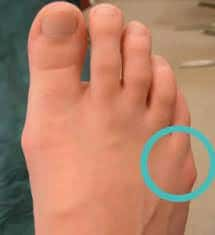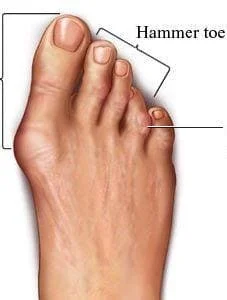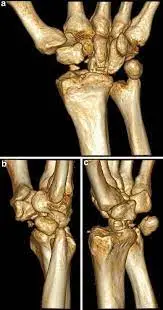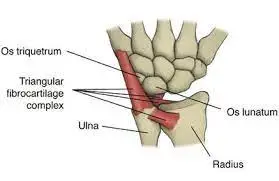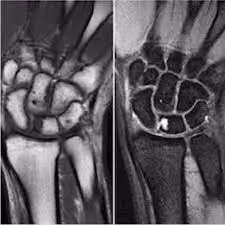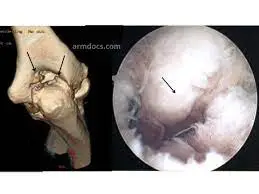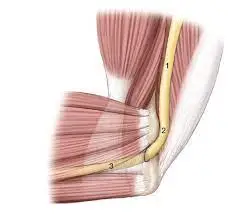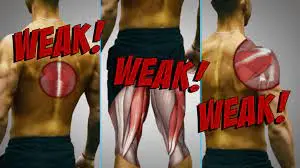Pain Neuroscience Education (PNE)
Description Pain neuroscience training is an approach used to manage and treat chronic pain. It is based on the understanding that chronic pain is not simply a direct result of tissue damage, but rather a complex interaction of various factors, including physical, psychological, and social factors. The primary goal of pain neuroscience education is to…


